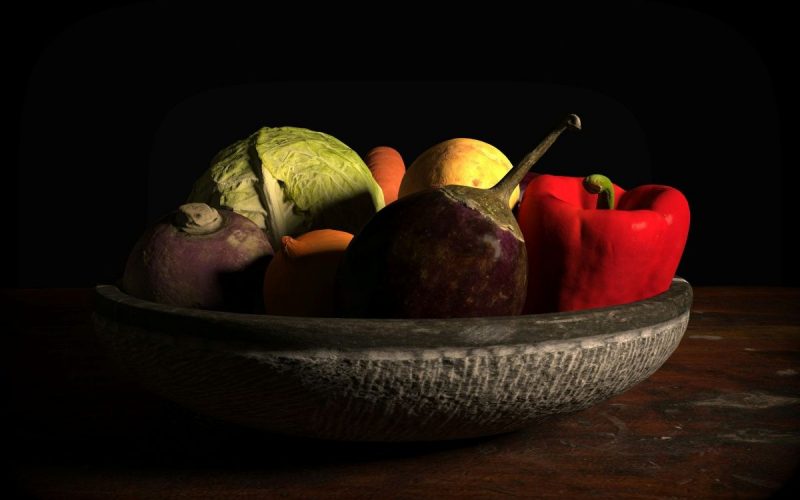Caravaggio, born Michelangelo Merisi da Caravaggio, was an early Italian Baroque painter who combined naturalistic theatrical motifs with provocative unreadability. He is celebrated for his real and individual figures and offers texture of character to the viewer. Moreover, this artist was marked out from his contemporaries by positioning the viewer as a witness to the scene. This offered a sense of immediacy and presence to the work.
Caravaggio’s life has received traction for its fascinating complexities and his violent and extravagant personality. His naturalist representation of religious scenes has earned him his notoriety; however, it has been suggested by scholars that his later paintings suggest a growing guilt and self-punishment.
‘…his later paintings suggest a growing guilt and self-punishment.’
Caravaggio’s naturalism is considered a critique and rejection of Classicism. He was not interested in the refined grace of Classical art, and by extension the Classical nude, rather he casted ordinary people to act as allegories and icons in mythological and religious dramas. The models used in his paintings were recognised as real people. This undercut the religious message of his works and removed their decorum in the eyes of the public and the Catholic Church. The artist was deemed controversial as he presented a theatrical subversion of gender and sexual stereotypes. This visual ambiguity will become a key element in Baroque art and had lasting effects on later art movements.

‘…he created a relationship between the observer and observed.’
Caravaggio painted the act of looking and made the viewer a witness to the scene. Through this, he created a relationship between the observer and observed. Over time, his figures tend to lose their soliciting confidence, as they begin to take on a more sombre and sullen appearance. However, his portrayal of enigmatic bodies was persistent throughout his career. This ambiguity persisted through modern and contemporary art. In many ways, Caravaggio’s work acted as a framework and starting point for the development of queer aesthetics, as artists such as Nan Goldin, Andres Serrano and Carrie Mae Weems have quoted Caravaggio in their artworks.
‘In many ways, Caravaggio’s work acted as a framework and starting point for the development of queer aesthetics, as artists such as Nan Goldin, Andres Serrano and Carrie Mae Weems have quoted Caravaggio in their artworks.’
Nan Goldin is an American photographer and activist, known for her exploration of queer subcultures. There is a clear and admitted influence of Caravaggio in Nan Goldin’s work, found through her use of a rich, dark colour palette, chiaroscuro and iconography. Similar to Caravaggio, Goldin’s images present themselves as personal, as she photographed people in her life and related this to her feelings about her own relationships. In Gina at Bruce’s dinner party, NYC, Goldin directly quotes Caravaggio through the inclusion of a poster of Caravaggio’s painting, Bacchus. There is a distinctive overlap in iconography in both these works through the inclusion of the fruit bowl.
The recurring symbol of the fruit bowl, also present in previous works by the artist, is usually associated with bodily desire and temptation. Bacchus appears confident, as his friendly expression meets the viewer’s gaze, whereas Gina is presented as underwhelmed and subdued, staring blankly towards something out of frame. Her awkward posture further rejects the status of the observer, and unlike Caravaggio’s hallmark works, Gina is less inviting and quite removed from the male gaze.

In the 1980s and 1990s, the concerning outbreak of HIV and AIDS caused an increase in socio-cultural anxiety towards homosexuality and queer identity. Andres Serrano is an American photographer, whose artworks concern issues related to gender, sexuality and politics, and his perspective as a homosexual man reacting to the AIDS crisis. His photographs are renowned and controversial as they linked themes of bodily fluids and religion. Serrano’s photographs are not far removed from the themes in Caravaggio’s work, as Serrano’s work strengthened the ties between the art of the Baroque and that of the late twentieth century. Particularly, Serrano’s shocking and controversial series, The Morgue (1992), confronted death similarly to Caravaggio’s Death of The Virgin, as both included corpses as the subject of their work. Furthermore, Serrano’s works seem to draw from Baroque, through their shared elements of religious theatricality and symbolism.
In 1989, American artist Carrie Mae Weems began her Kitchen Table series, which represented femininity and aspects of womanhood in a domestic environment. The series acts as a mirror, reflecting a collective experience, whilst also representing the recurring themes of political activism and racial identity. In this image, Weems presents herself as a mother, seated next to a young girl, putting on lipstick. The young girl adheres to current societal pressures placed on young women and girls, to conform visually to traditional gender identity while adjusting one’s appearance to suit contemporary beauty standards. Neither of them meets the viewer’s gaze, rather they are both presented quite vain. Weems is in conversation with Caravaggio’s Narcissus, 1599.
This vanitas painting acts as a memento mori, reminding the viewer of their mortality, whilst surrendering to temptation, resulting in his demise. A sense of melancholy is present in both works, through their use of chiaroscuro and strict colour palette.
‘Caravaggio’s biography has been characterised as violent and melodramatic with a constant longing for self-gratification.’
Caravaggio’s biography has been characterised as violent and melodramatic with a constant longing for self-gratification. The sensual, coquettish and youthful appearance of Caravaggio’s painted figures has been taken as evidence amongst scholars of the artist’s apparent homosexuality. However, not only young boys were portrayed as solicit. There are examples of women being shown as more suggestive, such as the young, full-breasted Madonna painted in his Madonna dei Palafrenieri.

This divided theme amongst his figures hint at the divided feelings that Caravaggio had towards women and his own masculinity. Through his ambivalent and intimate subjects, Caravaggio frequently explored gender identity and the act of looking. This immediacy constructed a relationship between the posed subject and viewer, whilst providing a sense of gender performance. This acted as a starting point for queer aesthetics and Contemporary Like conceptual artists, this Italian painter broke tradition and rejected Classical ideas of art by incorporating his own experiences into his artwork.










